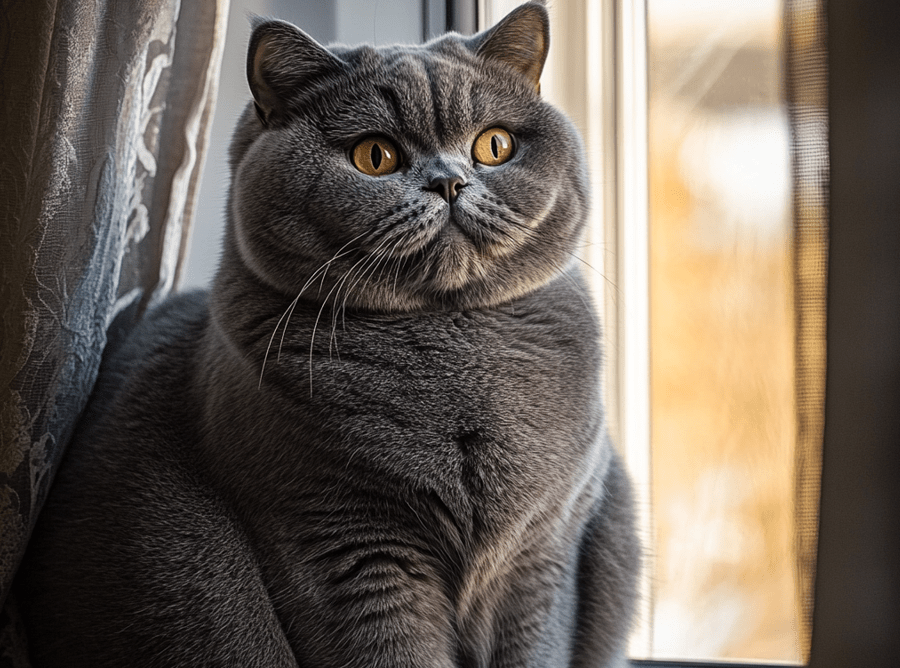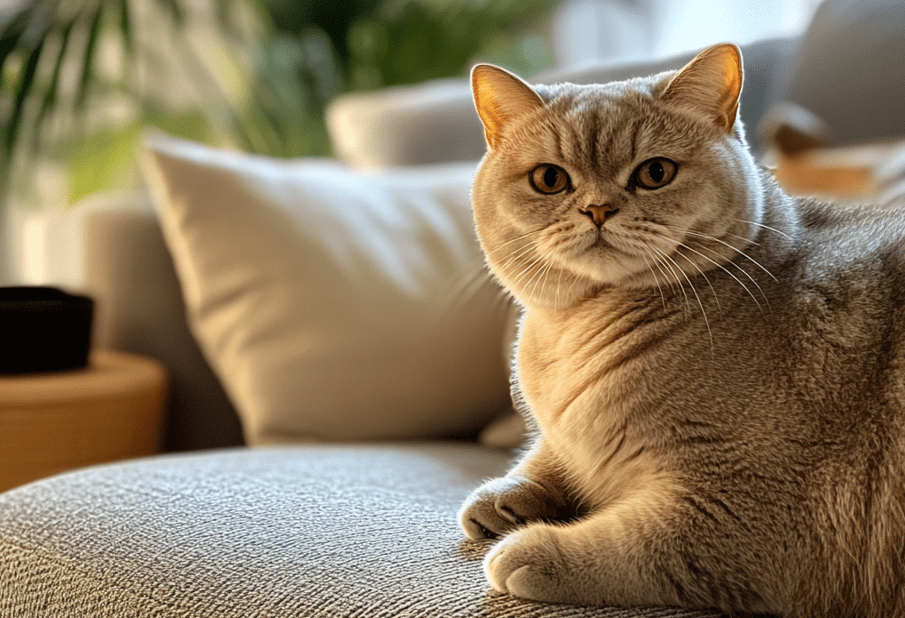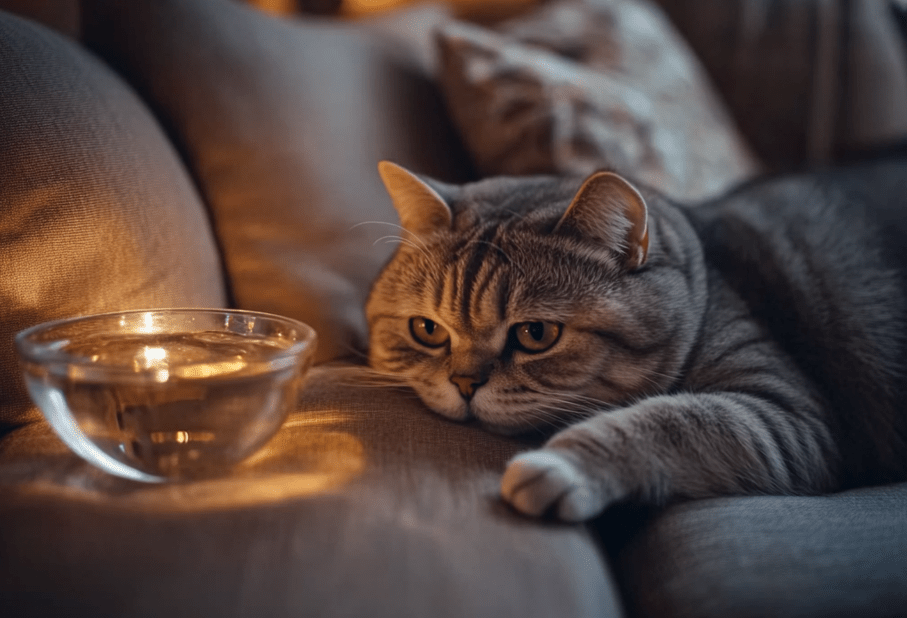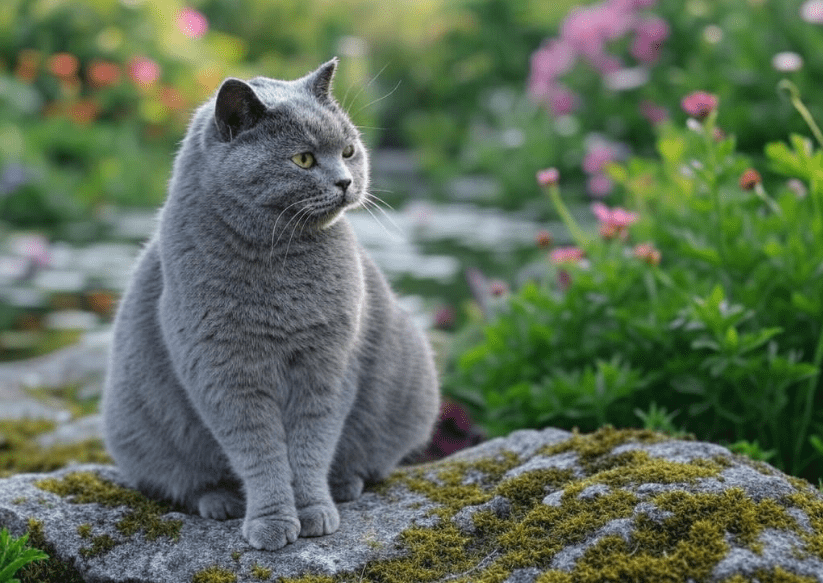
The British Shorthair, with its plush, dense coat and charming teddy-bear-like appearance, is a beloved breed that requires dedicated British Shorthair coat care to maintain its signature glossy, healthy fur. Known for their round faces and sturdy bodies, these cats have a short, thick coat that can become dull or matted without proper grooming. A shiny coat not only enhances your British Shorthair’s beauty but also reflects their overall health. This comprehensive guide explores the best practices, tools, and tips for British Shorthair coat care, ensuring your feline friend’s fur stays vibrant and healthy.
Why British Shorthair Coat Care Matters
The British Shorthair’s coat is unique—short, dense, and plush, with a texture often compared to a teddy bear’s fur. This double-layered coat, consisting of a soft undercoat and a protective topcoat, serves as insulation but is prone to matting, shedding, and oil buildup. Proper British Shorthair coat care is essential for several reasons:
Prevents Matting: Regular grooming keeps the dense coat free of tangles, which can cause discomfort or skin irritation.
Reduces Shedding: British Shorthairs shed moderately, but consistent brushing minimizes loose fur and hairballs.
Promotes Skin Health: Grooming distributes natural oils, preventing dryness or dandruff, which affects up to 20% of cats.
Enhances Appearance: A glossy coat highlights the breed’s iconic look, especially in colors like blue, lilac, or tabby.
Detects Health Issues: Grooming sessions allow you to spot skin abnormalities, fleas, or lumps early.
By prioritizing British Shorthair coat care, you’ll keep your cat comfortable, healthy, and looking their best.
Understanding the British Shorthair’s Coat

Before diving into grooming techniques, it’s helpful to understand the British Shorthair’s coat characteristics:
Texture: Short, dense, and plush, with a crisp feel due to the protective topcoat.
Shedding: Moderate year-round shedding, with heavier shedding during spring and fall.
Colors: Over 100 recognized patterns, including solid (e.g., blue, black), tabby, and bicolor, each requiring similar care.
Sensitivity: The dense undercoat can trap dirt or oils, leading to matting or greasiness if neglected.
These traits make regular grooming a cornerstone of British Shorthair coat care, tailored to prevent common issues like matting or excessive shedding.
How Often Should You Groom Your British Shorthair?
The grooming frequency depends on your cat’s lifestyle, coat condition, and shedding season:
General Recommendation: Brush 1–2 times per week to maintain a shiny coat and reduce shedding.
Shedding Seasons: Increase to 3–4 times per week during spring and fall to manage loose fur.
Indoor vs. Outdoor Cats: Outdoor British Shorthairs may need more frequent grooming (2–3 times weekly) due to exposure to dirt or parasites.
Senior Cats: Older British Shorthairs may require gentler, more frequent brushing to compensate for reduced self-grooming.
Regular grooming sessions, lasting 5–10 minutes, are sufficient for most British Shorthairs, keeping their coat healthy without overwhelming them.
Essential Tools for British Shorthair Coat Care
To achieve a shiny, healthy coat, gather these grooming tools designed for British Shorthair coat care:
Slicker Brush: A fine-toothed slicker brush, like the Hertzko Self-Cleaning Slicker Brush, removes loose fur and prevents matting. Choose one with soft, rounded pins to avoid scratching.
Wide-Tooth Comb: A stainless steel comb, such as the Safari Cat Comb, detangles the undercoat and smooths the topcoat.
Deshedding Tool: Tools like the FURminator Undercoat Deshedding Tool reduce shedding by up to 90% during heavy shedding seasons.
Grooming Gloves: Rubber gloves, like PetThunder Grooming Gloves, are ideal for cats sensitive to brushes, collecting loose fur while massaging the skin.
Cat-Safe Shampoo: Use a moisturizing, pH-balanced shampoo, such as TropiClean Hypo-Allergenic Shampoo, for occasional baths.
Microfiber Towel: A soft towel dries the coat gently after bathing, preventing skin irritation.
Nail Clippers: Trim nails during grooming to prevent scratching, using clippers like Pet Republique Cat Nail Clippers.
Treats: High-value treats, like Greenies Feline Dental Treats, reward your cat and make grooming a positive experience.
Store tools in a clean, accessible kit to streamline your British Shorthair coat care routine.
Step-by-Step Guide to British Shorthair Coat Care
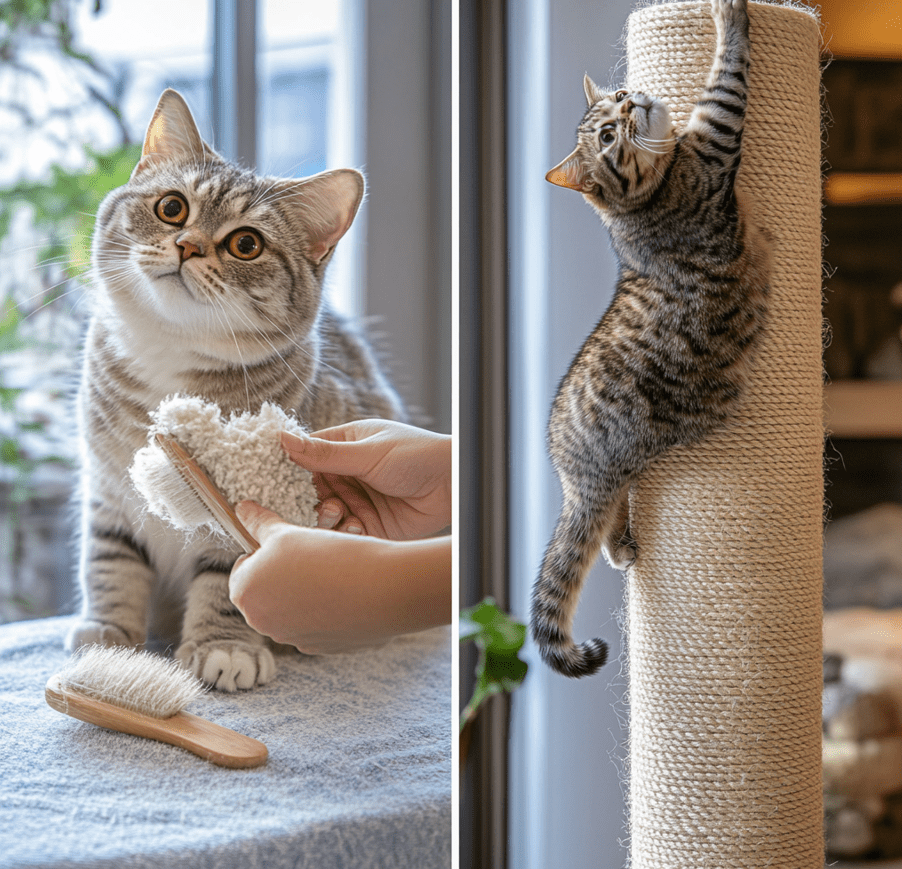
Follow these steps to keep your British Shorthair’s coat shiny and healthy:
Step 1: Prepare for Grooming
Choose a Calm Time: Groom when your British Shorthair is relaxed, such as after a nap or meal. Avoid high-energy playtimes.
Set Up a Comfortable Space: Use a non-slip surface, like a table with a towel, to keep your cat secure.
Introduce Tools Gradually: Let your cat sniff the brush or comb and offer a treat to build trust.
Position Your Cat: Sit your British Shorthair on your lap or a table, gently holding them if needed. For nervous cats, wrap them loosely in a towel.
Step 2: Brush the Coat
Start with a Slicker Brush: Brush in the direction of hair growth (head to tail) to remove loose fur and stimulate natural oils. Use short, gentle strokes, focusing on the back, sides, and belly.
Address Matting: If you find mats, hold the fur near the skin to avoid pulling and gently work them out with a wide-tooth comb. For stubborn mats, use a Safari Mat Remover.
Use a Deshedding Tool (Seasonally): During shedding seasons, use a deshedding tool once weekly to remove loose undercoat. Be gentle to avoid over-grooming.
Finish with a Comb: Run a wide-tooth comb through the coat to ensure smoothness and check for remaining tangles.
Step 3: Check the Skin
Inspect for Issues: Part the fur to examine the skin for redness, flakes, or parasites. Healthy skin is pink or matches your cat’s pigmentation without odor.
Look for Fleas: Check for flea dirt (small black specks) or live fleas, especially around the neck and base of the tail. If found, consult your vet for treatments like Advantage II.
Monitor Lumps or Sores: Note any unusual bumps or wounds and seek veterinary advice if they persist.
Step 4: Clean the Coat (Optional)
Dry Brushing for Minor Dirt: For light dirt, use a dry slicker brush or grooming glove to clean the coat without water.
Spot Cleaning: For greasy spots, dampen a cloth with warm water and a drop of cat-safe shampoo, then wipe gently and dry with a microfiber towel.
Full Bath (Every 4–6 Months): Bathe only when necessary, as British Shorthairs are fastidious self-groomers. Use lukewarm water, cat-safe shampoo, and a handheld sprayer. Dry thoroughly to prevent chills.
Step 5: Trim Nails and Reward
Clip Nails: Trim nails every 2–3 weeks to prevent scratching during grooming. Cut only the white tip, avoiding the pink quick.
Offer Treats and Praise: Reward your British Shorthair with treats and gentle praise to reinforce positive behavior.
Monitor Post-Grooming: Watch for excessive scratching or licking, which may indicate irritation.
Step 6: Clean Up
Dispose of Fur: Collect loose fur in a bag to prevent it from spreading around your home.
Clean Tools: Rinse brushes and combs with warm water and mild soap to maintain hygiene.
Wash Your Hands: Remove fur and allergens by washing thoroughly after grooming.
Tips for Stress-Free British Shorthair Coat Care
British Shorthairs are generally calm, but grooming can be daunting for some. Use these strategies to make British Shorthair coat care enjoyable:
Start Early: Introduce grooming to kittens to build tolerance. Handle their paws and brush lightly, rewarding with treats.
Keep Sessions Short: Limit grooming to 5–10 minutes for young or nervous cats, gradually increasing as they adjust.
Use Calming Aids: Products like Feliway Classic Diffuser or calming treats can reduce anxiety. Plug in a diffuser 30 minutes before grooming.
Play Soothing Sounds: Soft music or white noise can relax your cat, as recommended by feline behaviorists.
Pause if Needed: If your British Shorthair becomes agitated, stop and resume later to avoid stress.
Involve a Professional: For cats that resist grooming, consult a professional groomer or vet for tips or services.
Nutrition for a Shiny British Shorthair Coat

A balanced diet is critical for British Shorthair coat care, as it supports skin health and coat shine. Consider these nutritional tips:
High-Quality Protein: Choose cat food with at least 30% protein from sources like chicken, turkey, or fish. Brands like Royal Canin British Shorthair are formulated for the breed.
Omega Fatty Acids: Omega-3 and Omega-6 fatty acids, found in fish oil or flaxseed, promote glossy fur and reduce inflammation. Supplements like Nordic Naturals Omega-3 Pet can help.
Biotin and Zinc: These nutrients strengthen hair follicles. Look for foods fortified with biotin or consult your vet about supplements.
Hydration: Ensure constant access to fresh water to prevent dry skin. Wet food, like Hill’s Science Diet Adult Wet Cat Food, boosts moisture intake.
Avoid Allergens: Food allergies can cause itchy skin or dull coats. If your cat scratches excessively, test for allergens with your vet’s guidance.
Always transition to new foods gradually over 7–10 days to avoid digestive upset. Consult your veterinarian before adding supplements.
Common Coat Problems in British Shorthairs
Regular British Shorthair coat care helps you identify and address these common issues:
Matting: Dense fur can tangle, especially around the hindquarters. Brush regularly and use a mat remover for stubborn knots.
Excessive Shedding: Beyond seasonal shedding, stress, poor diet, or health issues like thyroid disease can cause hair loss. Seek veterinary advice if shedding seems abnormal.
Dandruff: Dry, flaky skin may result from low humidity or inadequate grooming. Increase brushing and consider a humidifier.
Fleas or Parasites: Fleas cause itching and hair loss. Use vet-approved preventatives like Frontline Plus year-round.
Allergies: Food or environmental allergies can lead to itchy, dull coats. Allergy testing and hypoallergenic diets may be needed.
If you notice persistent issues, such as bald patches, sores, or excessive grooming, consult a vet. Diagnostic tests, like skin scrapings or blood work, may cost $100–$300 but can pinpoint underlying causes.
When to Seek Veterinary Help
While routine British Shorthair coat care handles most coat maintenance, professional care is needed in these cases:
Persistent Shedding or Balding: May indicate hormonal issues, parasites, or allergies requiring medical intervention.
Skin Infections: Red, oozing, or smelly skin suggests bacterial or yeast infections, often treated with medicated shampoos or antibiotics.
Severe Matting: Large or painful mats may need professional clipping to avoid skin injury.
Behavioral Changes: Excessive grooming or scratching could signal stress or health issues, warranting a vet visit.
First-Time Grooming: If you’re unsure about grooming techniques, ask your vet or a groomer for a demonstration.
Veterinary consultations typically cost $50–$150, with treatments varying based on the issue. Early intervention prevents complications and keeps your cat comfortable.
Preventive Care for a Healthy British Shorthair Coat
Beyond grooming and nutrition, these habits support British Shorthair coat care:
Regular Vet Checkups: Annual exams catch health issues that affect coat quality, such as thyroid or kidney disease.
Flea and Parasite Control: Use monthly preventatives to protect against fleas, ticks, and mites, which can damage the coat.
Stress Management: Stress can trigger over-grooming or shedding. Provide enrichment, like toys or cat trees, and a calm environment.
Indoor Living: Keeping your British Shorthair indoors reduces exposure to dirt, parasites, and injuries that affect coat health.
Seasonal Adjustments: Increase grooming during shedding seasons and use a humidifier in winter to combat dry skin.
Conclusion
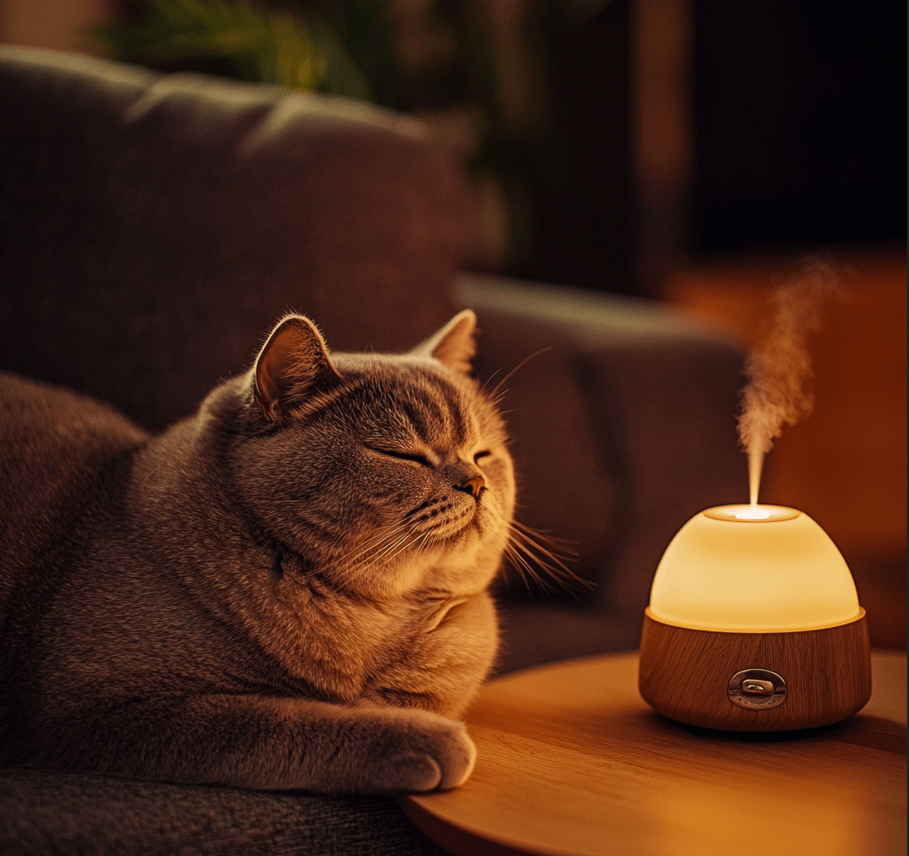
Mastering British Shorthair coat care is key to keeping your cat’s plush, dense fur shiny, healthy, and free of issues like matting or shedding. By following a regular grooming routine, using the right tools, and supporting coat health with proper nutrition, you’ll ensure your British Shorthair looks and feels their best. This guide’s step-by-step approach, from brushing to bathing, empowers you to maintain your cat’s iconic teddy-bear coat while catching potential problems early.
Invest in quality grooming tools like the Hertzko Slicker Brush or FURminator, feed a nutrient-rich diet, and create a stress-free grooming environment. If you encounter persistent coat issues or resistance, don’t hesitate to consult a veterinarian or professional groomer. With consistent British Shorthair coat care, your feline friend will sport a glossy, vibrant coat that reflects their inner vitality.

